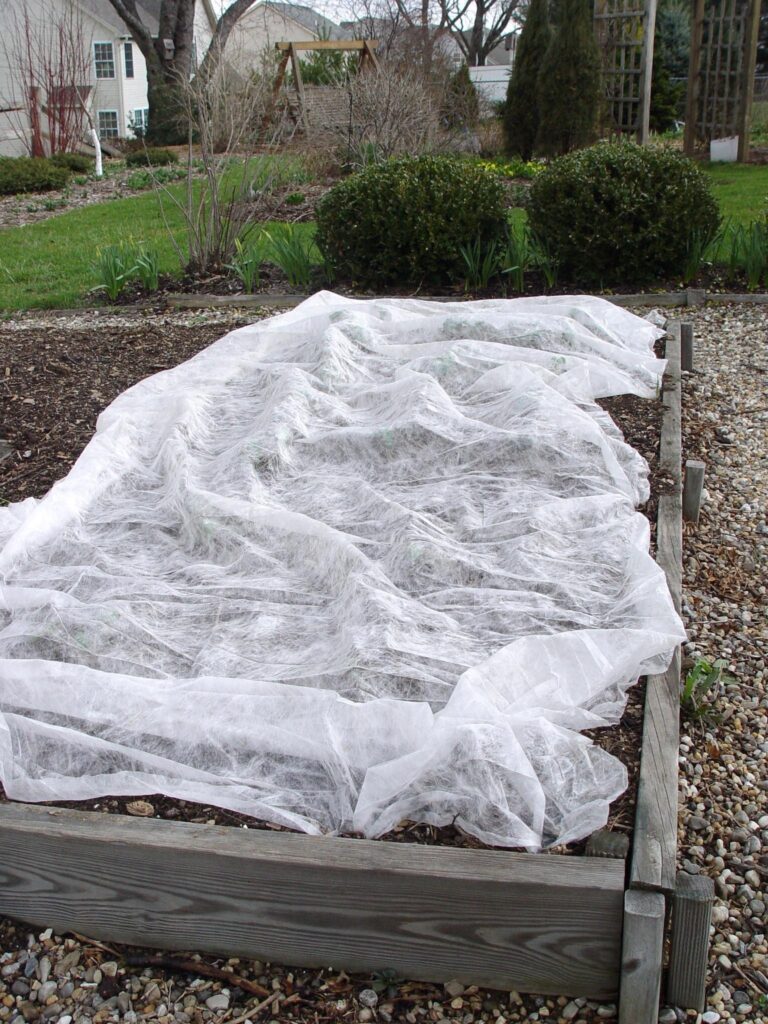Frost is a common occurrence in many parts of the world, and it can be damaging to plants. When temperatures drop below freezing, water inside plant cells can freeze and expand, rupturing the cells and damaging the plant.
There are a number of things you can do to protect your plants from frost. By following these steps, you can help your plants survive the winter and come back stronger in the spring.
1. Know your frost dates
The first step in protecting your plants from frost is to know your frost dates. These are the dates on which the first and last frosts are typically expected in your area.
| USDA Zone | Average First Frost Date |
|---|---|
| 1 | August 15 – September 1 |
| 2 | August 23 – 31 |
| 3 | September 1 – 7 |
| 4 | September 8 – 15 |
| 5 | September 16 – 23 |
| 6 | September 24 – October 1 |
| 7a | September 25 – October 2 |
| 7b | October 3 – 9 |
| 8a | October 10 – 16 |
| 8b | October 17 – 23 |
| 9a | October 24 – 30 |
| 9b | October 31 – November 6 |
| 10a | November 7 – 13 |
| 10b | November 14 – 20 |
| 11 | November 21 – 27 |
| 12 | November 28 – December 4 |
| 13 | December 5 – 11 |
2. Choose the right plants
Some plants are more cold-tolerant than others. When choosing plants for your garden, be sure to select ones that are suited to your climate. You can find information on plant cold tolerance on plant labels or by checking with your local nursery or garden center.
3. Prepare your garden for winter
In the fall, before the first frost, it’s important to prepare your garden for winter. This includes cleaning up any dead or diseased plants, weeding, and adding mulch to the soil. Mulch will help to insulate the roots of your plants and protect them from the cold.
4. Protect tender plants
If you have any tender plants, such as tomatoes, peppers, and eggplants, you may need to take special steps to protect them from frost. You can do this by covering them with blankets, sheets, or row cover on cold nights. You can also bring tender plants indoors if possible.
5. Water your plants deeply
Before a frost, it’s important to water your plants deeply. This will help to insulate the roots and keep the soil warm.
6. Use frost protection methods
There are a number of different frost protection methods that you can use, such as:
- Covering plants: You can cover plants with blankets, sheets, or row cover on cold nights. This will help to trap heat and protect the plants from frost.
- Watering plants: Watering plants before a frost can help to insulate the roots and keep the soil warm.
- Mulching: Mulching around plants with a layer of straw, leaves, or compost can help to insulate the roots and keep the soil warm.
- Using frost blankets: Frost blankets are specially designed blankets that can be used to protect plants from frost. They work by trapping heat and preventing frost from forming on the plants.
- Using frost pots: Frost pots are small pots that can be placed over plants to protect them from frost. They work by trapping heat and preventing frost from forming on the plants.
7. Monitor the weather
It’s important to monitor the weather forecast so that you can be prepared for frost. If a frost is predicted, be sure to take steps to protect your plants.
Additional tips
Here are some additional tips for protecting your plants from frost:
- Grow plants in sheltered areas: If possible, plant your plants in sheltered areas, such as under trees or against a south-facing wall. This will help to protect them from the cold wind.
- Harden off plants before transplanting them outdoors: If you are transplanting plants outdoors in the fall, be sure to harden them off first. This means gradually exposing them to cooler temperatures over a period of time. This will help them to adjust to the cold weather and make them more frost-tolerant.
- Use frost-resistant varieties: When choosing plants for your garden, look for frost-resistant varieties. These varieties have been bred to withstand colder temperatures.
- Fertilize your plants regularly: Fertilizing your plants regularly will help them to produce healthy new growth that is more resistant to frost damage.
- Water your plants regularly: Watering your plants regularly will help them to stay healthy and hydrated. This will make them more resistant to frost damage.
Conclusion
By following these tips, you can help your plants to survive the winter and come back stronger in the spring.

